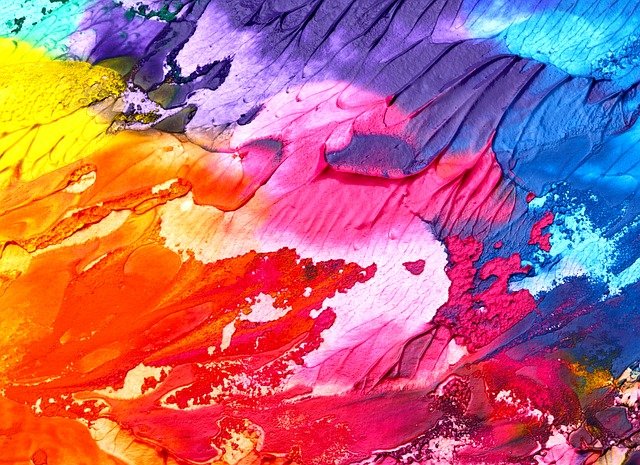Art has become an important therapy for addiction recovery. Research shows that around 36.8% of treatment programs offer this type of therapy. The use of art therapy to treat substance abuse disorders dates back to the 1950s. The American Art Therapy Association reports that art therapy plays a vital role in managing addiction. There are many reasons why it works. It boosts self-expression and provides a safe context for those in recovery to communicate. It also enables clients and therapists to discuss difficult issues. Today, different types of art therapy are an essential part of addiction therapy.
Incident Drawing
The client is sometimes asked to draw an incident that occurred while using substances. They might be asked to depict the specific crisis that brought them to treatment. The imagery produced often shows the client’s difficulty in letting go of their substance of choice. They may also disclose trauma they are not ready to express verbally. Drawing is a way for therapists to approach sensitive issues in a client’s life in a safe setting.
Drawing and Painting as Stress Relief
Both drawing and painting are also used to relieve stress and anxiety. It can involve free creation that can be discussed and interpreted. A recent study found that making any type of art (even at beginner level) can lower stress hormone levels in the body. Thus, it is as beneficial to someone learning to draw comic style flowers as it is to someone painting a more skilled piece. This is good news for clients who may feel they ‘cannot draw’ or to those who have basic skills.
Collage Creation and Photo Stories
Art therapy for substance abuse recovery doesn’t always have to be ‘made from scratch’. Clients can create photo stories with existing pictures to create a collage depicting their life story. Sometimes, a therapy session involves examining and discussing another artist’s work. Various genres can be covered – including sculpture, painting, photography, artistic installations, and more.
Taking Photographs
In addition to discussing past images, clients may be asked to take new photos of the people they love and what they enjoy. This is in contrast to past imagery, which can be used to stimulate memories (including difficult ones) and help clients. Often, digital technology is used to add a more hopeful or meaningful feel to existing imagery.
Art therapy is a vital complementary addiction therapy used in a large percentage of substance abuse recovery programs. Some of the most popular types of art relied upon include drawing, painting, sculpture, collage creation, photo stories, and photography. Addiction therapy centers not only focus on the client’s work but also on other works that can help express emotions that may be more difficult to express verbally.








2 Comments
I studied Integrated arts in therapy and education for 18 months. While a student at The Institute for Arts in Therapy and Education I was introduced to Sand Tray practice, Clients are given choice over what to include in the tray, another wonderful way to open up deep-seated issues.
Arts, covers a huge field as you are aware, these days I volunteer at a community based local facility that engages folk with the natural world of seeds, plants et al – a mirror to our own complex existence perhaps.
My go-to experience is the world of music, I love singing and playing guitar. I write songs with a recovery bias. I draw, paint, sculpt, journal, photograph, Typical Pisces!
Thank you for your posting.
Studied on & off all my life.Now in recovery trying to get as much Art therapy as i can.